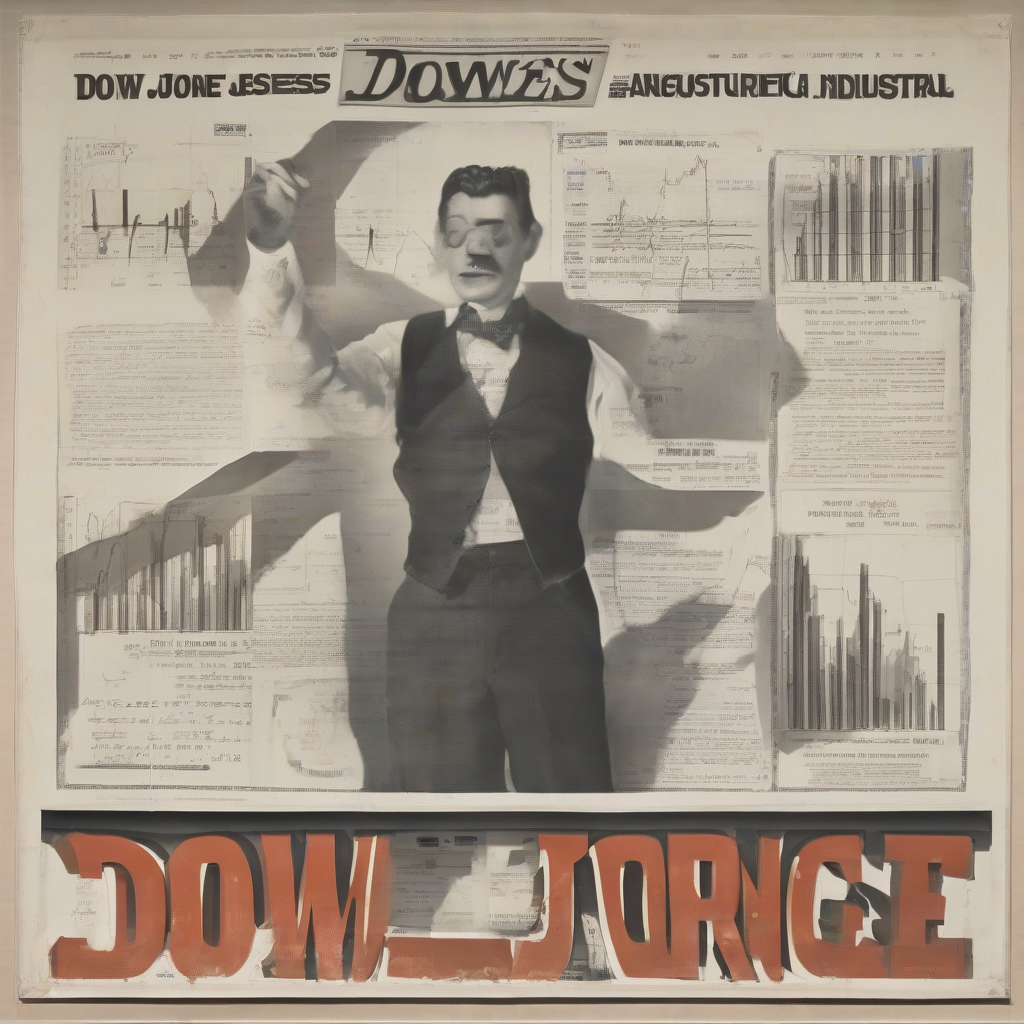Deconstructing the Dow: A Deep Dive into the 30 Components of the Dow Jones Industrial Average
The Dow Jones Industrial Average (DJIA), often simply called “the Dow,” is one of the most widely followed stock market indices in the world. It’s a price-weighted average of 30 large, publicly owned companies trading on the New York Stock Exchange (NYSE) and the Nasdaq. Understanding its components is crucial for anyone seeking to grasp the pulse of the U.S. economy and the overall market sentiment.
The selection of companies within the Dow is not arbitrary. They represent significant sectors of the American economy, and the index serves as a barometer for overall economic health. While the composition of the Dow changes over time to reflect evolving economic realities, the selection process aims to maintain a diverse representation of major industries. The companies are chosen by the S&P Dow Jones Indices, taking into consideration factors such as market capitalization, liquidity, and overall industry influence.
Below is a detailed breakdown of the 30 components of the Dow Jones Industrial Average, categorized for clarity and further analysis:
Technology Sector
- Apple Inc. (AAPL): A global technology giant dominating the smartphone, computer, and wearable markets. Its influence on the tech sector and consumer electronics is undeniable.
- Microsoft Corp. (MSFT): A software powerhouse, offering operating systems, cloud computing services (Azure), and productivity software. A cornerstone of the modern digital landscape.
- Salesforce, Inc. (CRM): A leading provider of cloud-based software and services, specializing in customer relationship management (CRM) solutions. A key player in the cloud computing revolution.
- Intel Corporation (INTC): A semiconductor manufacturer, producing microprocessors and other chipsets crucial for computing devices worldwide. A vital component of the technology hardware ecosystem.
Financials Sector
- Goldman Sachs Group, Inc. (GS): A multinational investment banking, securities, and investment management firm, playing a critical role in global financial markets.
- JPMorgan Chase & Co. (JPM): One of the largest banks in the United States, offering a wide array of financial services to individuals and corporations.
- American Express Company (AXP): A global financial services corporation providing credit cards, travel services, and other financial products.
- Visa Inc. (V): A leading provider of electronic payment processing services, facilitating transactions worldwide.
- UnitedHealth Group Incorporated (UNH): A diversified healthcare company, primarily focusing on health insurance and healthcare information technology. While technically healthcare, it has significant financial implications.
Industrial Sector
- The Boeing Company (BA): A major aerospace manufacturer, building commercial and military aircraft, along with defense products and services.
- Caterpillar Inc. (CAT): A manufacturer of construction and mining equipment, serving as a strong indicator of global infrastructure spending.
- 3M Company (MMM): A diversified technology company with a broad portfolio of products including abrasives, adhesives, and healthcare supplies.
- Honeywell International Inc. (HON): A conglomerate involved in aerospace, building technologies, performance materials, and technologies.
- Dow Inc. (DOW): A materials science company producing a wide range of chemical products for various industries.
- Walgreens Boots Alliance, Inc. (WBA): Although spanning retail, it’s a major component of the consumer staples and healthcare sectors.
Consumer Goods Sector
- Coca-Cola Co. (KO): A global beverage company, with a portfolio of iconic brands and a strong presence in worldwide markets.
- Nike, Inc. (NKE): A leading designer and marketer of athletic footwear and apparel.
- Home Depot, Inc. (HD): The largest home improvement retailer in the United States, offering a wide range of building materials and home goods.
- McDonald’s Corporation (MCD): A global fast-food chain, representing a significant segment of the restaurant industry.
- Procter & Gamble Co. (PG): A consumer goods giant, producing a vast range of household goods and personal care products.
- Travelers Companies, Inc. (TRV): A major player in the insurance sector, offering various insurance products.
Healthcare Sector
- Merck & Co., Inc. (MRK): A pharmaceutical company developing and manufacturing various prescription drugs.
- Johnson & Johnson (JNJ): A diversified healthcare company with a broad portfolio of products including pharmaceuticals, medical devices, and consumer health products.
- Amgen Inc. (AMGN): A biotechnology company focusing on developing and producing therapies for serious illnesses.
Communication Services Sector
- Verizon Communications Inc. (VZ): A leading telecommunications company offering wireless and wireline services.
- Walt Disney Co. (DIS): A global entertainment conglomerate involved in film, television, theme parks, and other entertainment-related businesses.
This list represents the current components of the Dow Jones Industrial Average. It’s important to note that the composition of the index can be adjusted by the S&P Dow Jones Indices over time. Companies are added or removed based on factors such as their market capitalization, industry relevance, and overall financial health. This ensures that the Dow remains a relevant and representative indicator of the U.S. economy.
Understanding the individual components of the Dow is crucial for investors and market analysts alike. Analyzing the performance of these companies can provide insights into various sectors of the economy, and their combined performance reflects the overall health and direction of the U.S. stock market. Studying each company’s financial reports, industry trends, and competitive landscape helps in forming a comprehensive understanding of the broader market dynamics.
Regularly reviewing changes to the Dow’s composition is essential for staying updated on the evolving economic landscape. Changes often signal shifts in industry dominance, technological advancements, and overall economic growth. By monitoring the components and their performance, investors can make better-informed decisions and adjust their investment strategies accordingly.

